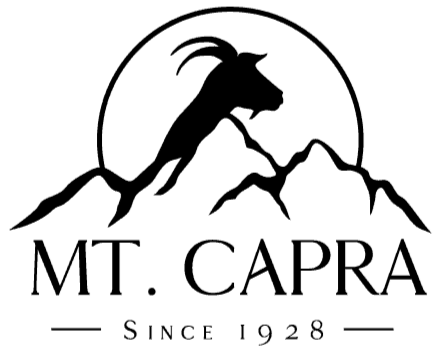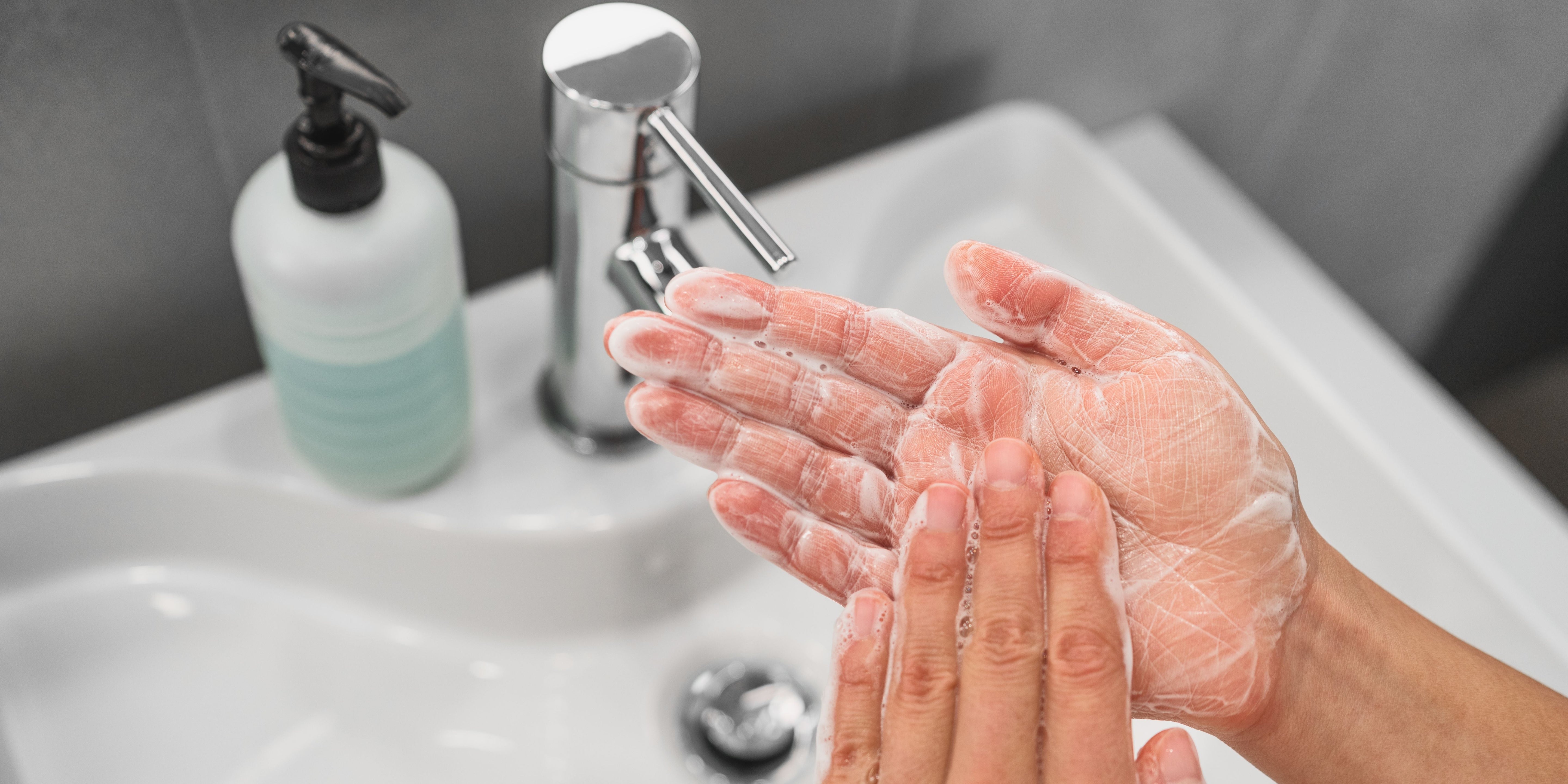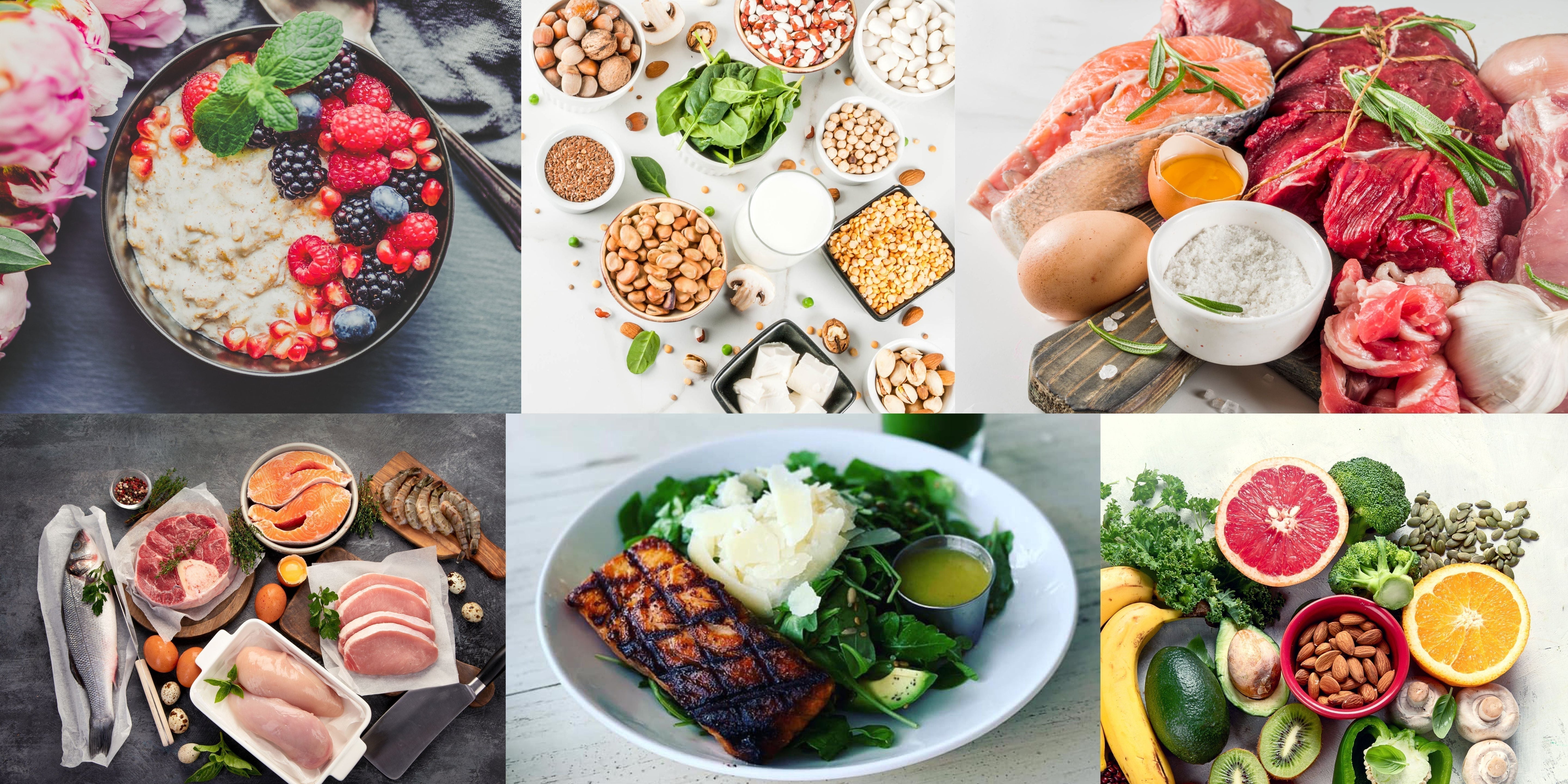Can you pronounce the ingredients in your soap?
Based on clever marketing, a lot of hand soaps would have you believe that they are all natural and beneficial for your skin. I have seen companies promote the presence of coconut milk, aloe, honey, goat milk, or lotion as a way to lure in health-conscious consumers, while the rest of the their ingredients look questionable.
A common list of marketing words/phrases that you may see include:
- With lotion, aloe, or coconut milk
- All Natural
- Hypoallergenic
- Fragrance-free
Meanwhile, these soaps often add ingredients that are designed to increase sudsing (foaming) and can dry out and irritate the skin, like sodium lauryl sulfate ("often contaminated with 1,4 Dioxane, a known carcinogen" according to Girls Who Eat's ingredient glossary). Polyquaternium-7 is another questionable ingredient in big brand liquid hand soaps, which may have a toxicity component to it. Tetrasodium EDTA may also be included, which is made from formaldehyde. Citric acid (often made from black mold), phenoxyethanol (may contain residues of ethylene oxide, a carcinogen), and the synthetic preservatives sodium benzoate and potassium sorbate, may be used to preserve the liquid soap, as liquid has a higher propensity to harbor bacteria. So just because a soap claims to be "all natural" doesn't mean you should skip reading through the ingredient list.
Other soap ingredients that you would be better off avoiding are:
- Benzyl Alcohol
- Cocamidopropyl Betaine
- Fragrance
- Sodium-Coco Sulfate
- Cocamidopropyl Hydroxysultaine
- Sodium Lauryl Sulfoacetate
Ingredients can be looked up for further information on the Girl's Who Eat Ingredient Glossary.
Hand soaps that include antibacterial agents, like triclosan, are not needed and can contribute to the growing problem of antibiotic-resistant bacteria.
A Healthier Option - Goat Milk Cream Soap Made with Real Oils
We are proud to offer a unique option for goat milk soaps. Unlike other soaps that use the whole milk, we use just the cream portion, for a more moisturizing soap rich in fatty acids and more solids. Goat milk only contains 8% solids (the actual components of goat milk not including water), whereas goat cream contains 50% solids (protein, fats and minerals). That means more nutrients for your skin!
Besides essential oils (no fragrances here!), our soap ingredients are kept simple with:
Ingredients: Saponified: coconut oil, (RSPO certified) palm oil, shea butter, goat milk heavy cream, olive oil, castor oil
For more information on the benefits of goat milk soap for the skin, read our blog here.
So, are you using soap made from oils or soap made with surfactants, foamers, preservatives and chemicals?







Share:
5 Reasons to Switch to Goat Milk (And Why It’s a Game-Changer for Your Health!)
6 Things The Dairy Haters Forgot to Tell You